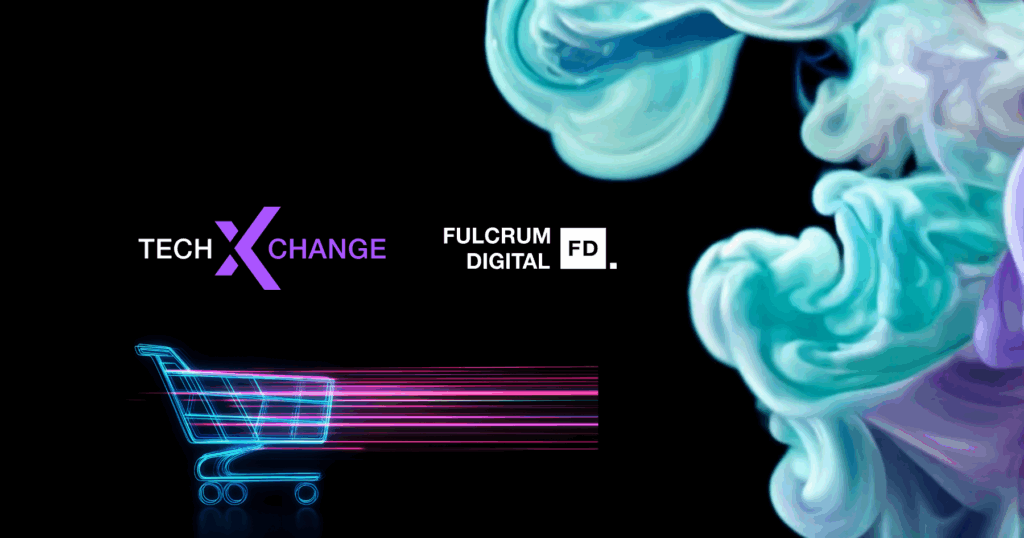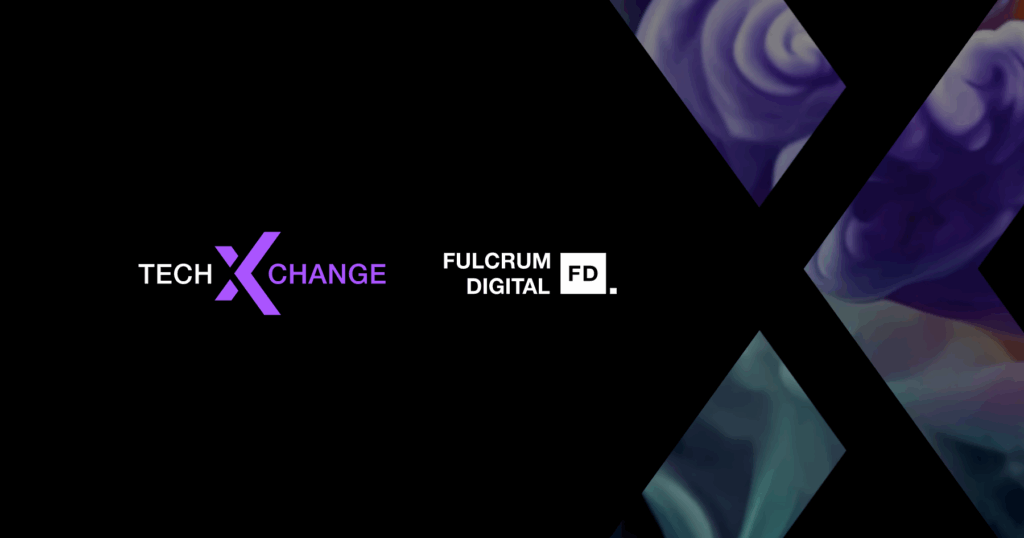The yardstick for evaluating the efficacy of any healthcare system hinges on the quality of patient care it offers and its affordability. Thanks to technological advancements, healthcare has shifted from a reactive to a more proactive approach. Internet of Things (IoT) technologies have ushered in a new era across various industries, and healthcare is no exception. The remarkable surge in healthcare innovation can largely be attributed to the rise of The Internet of Medical Things or IoMT.
What exactly is IoMT?
A medical device network connected to the internet that collects and exchanges data to provide patient care in real-time is known as the IoMT. This data can be used to monitor patient health, diagnose diseases, and provide personalized care, concurrently.
The Impact on Healthcare
IoMT is transforming healthcare in several ways, including:
- Remote Patient Monitoring System (RPM): RPMs are for personal health monitoring outside of clinical settings, such as Automated Positive Airway Pressure (APAP) with remote monitoring. For instance, an APAP is prescribed for sleep apnea patients. The remote monitoring feature allows providers to track adherence and patient improvement.
- Telemedicine: Telemedicine involves remote consultations, diagnostics, and treatment. For example, smart inhalers are used for COPD (Chronic Obstructive Pulmonary Disease) patients. These inhalers monitor adherence, record dosage details, send reminders, and allow data sharing.
- Hospital Operations: Radio frequency identification system (RFID) with IoT aids in efficient asset management by tracking medical devices and supplies, reducing costs. Meanwhile, Electronic Health Records (EHR) and interoperability are transforming healthcare functions.
- Wearable Devices: Devices like smartwatches and fitness trackers promote healthy lifestyles and contribute to preventive care. Personal Emergency Response Systems (PERS) enable quick emergency calls to care providers, especially for seniors.
- Implantable Devices: Implantable devices like pacemakers, insulin pumps, and continuous glucose monitors enhance patient outcomes and quality of life. The early stages of IoMT in healthcare hold the potential to transform care delivery. By analyzing data from various sources, IoMT can improve patient outcomes, reduce costs, and enhance healthcare access.

The Future of IoMT
The COVID-19 pandemic has boosted the business of IoMT devices, spurring tech adaptation among governments, healthcare firms, and individuals. As this market continues to grow, some path-breaking innovations in this field promise to change the face of healthcare. Some examples of upcoming technology are as follows:
- Moodables: Mood-enhancing wearables, powered by IoMT, send low-intensity currents to the brain to improve and stabilize moods.
- Ingestible Sensors: Ingestible sensors, in the form of non-invasive capsules, measure the body’s pH, pressure, and core temperature. They can monitor various gut contents, including electrolytes, enzymes, metabolites, hormones, and microbial communities.
- Hearables: AI-based hearing aids have enhanced the quality of life for hearing-impaired individuals. These aids prioritize familiar voices in crowded places for better audibility.
- Smart Glasses: These wearable devices combine Augmented Reality with voice control, providing hands-free internet access. Users can access real-time information without work interruption.

FUTURE-PROOF YOUR LIFE WITH INSURANCE TRENDS FOR 2024
Explore how the insurance industry is evolving to meet the changing needs of businesses. Dive into the key trends shaping 2024 and beyond!

Challenges of IoMT
Despite the potential of IoMT devices, healthcare companies face several hurdles.
- Data Breach and Cybersecurity: IoMT devices are designed around their utility and usually do not have many built-in security features. It often lacks robust security features, putting sensitive data at risk.
- Interoperability: Despite the presence of communication standards, their implementation is a challenge due to non-adherence. Moreover, additional security measures further complicate the process.
- Regulatory Compliance: Strict regional standards for medical devices can delay product market entry, a challenge for the IoMT industry.

Conclusion
IoMT presents a promising frontier poised to transform healthcare fundamentally. As technology continues to evolve, IoMT has the potential to revolutionize healthcare by enhancing efficiency, affordability, and accessibility. However, addressing the associated challenges is imperative for IoMT to realize its full potential.





